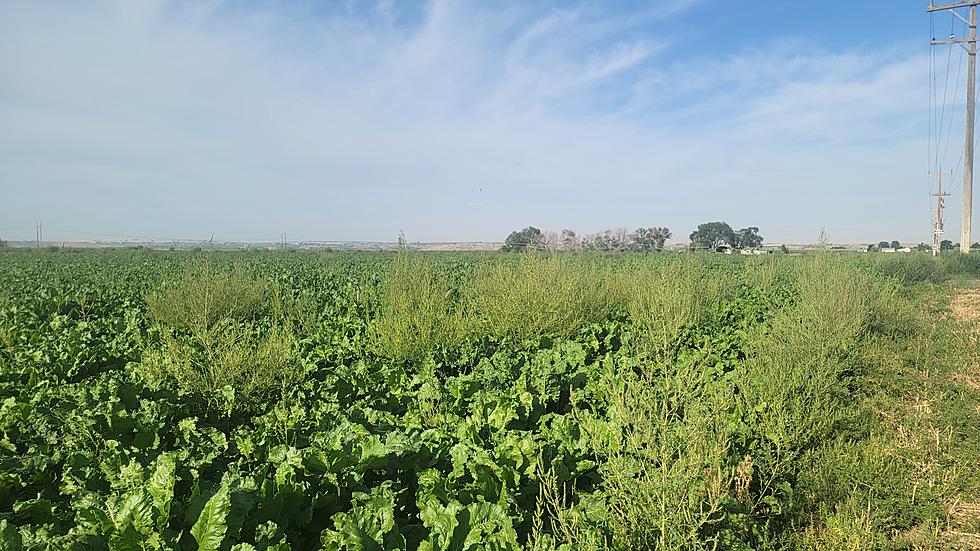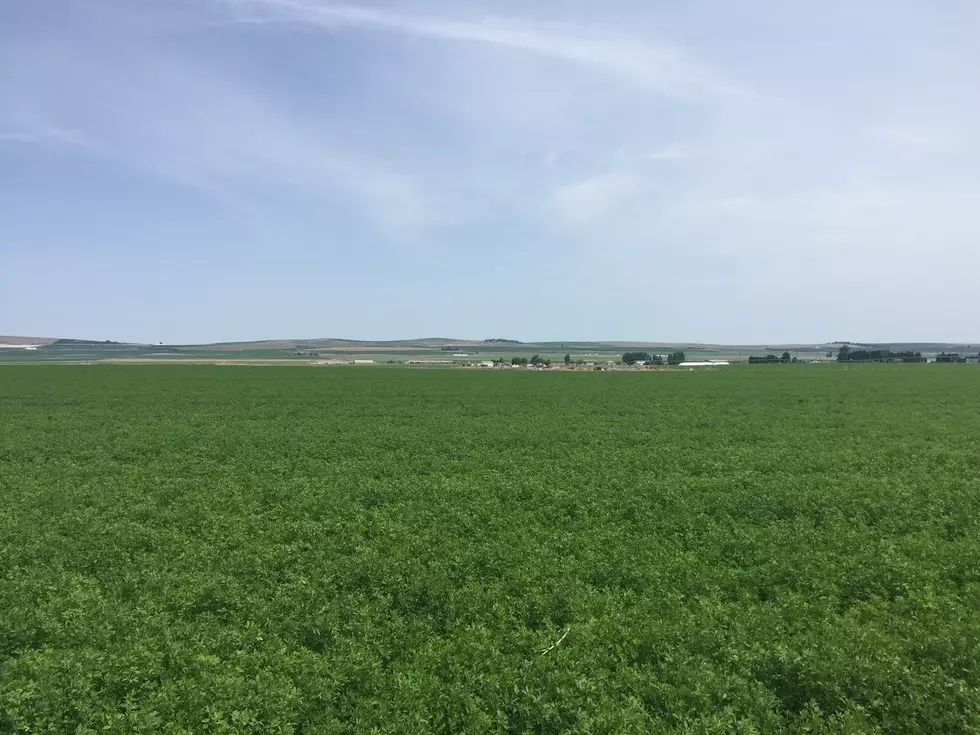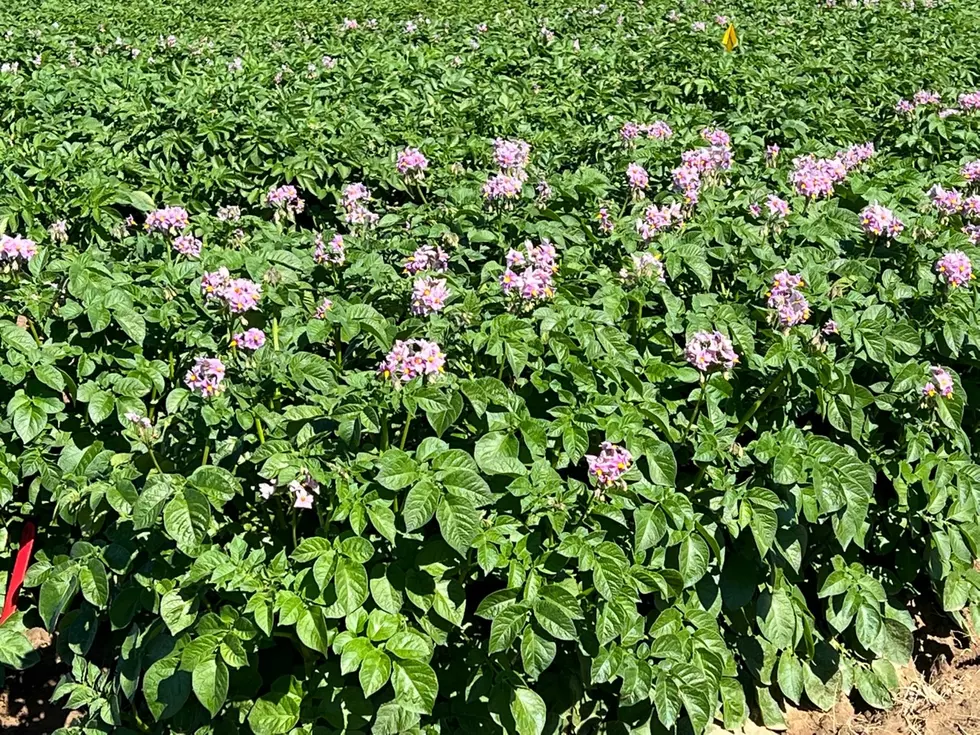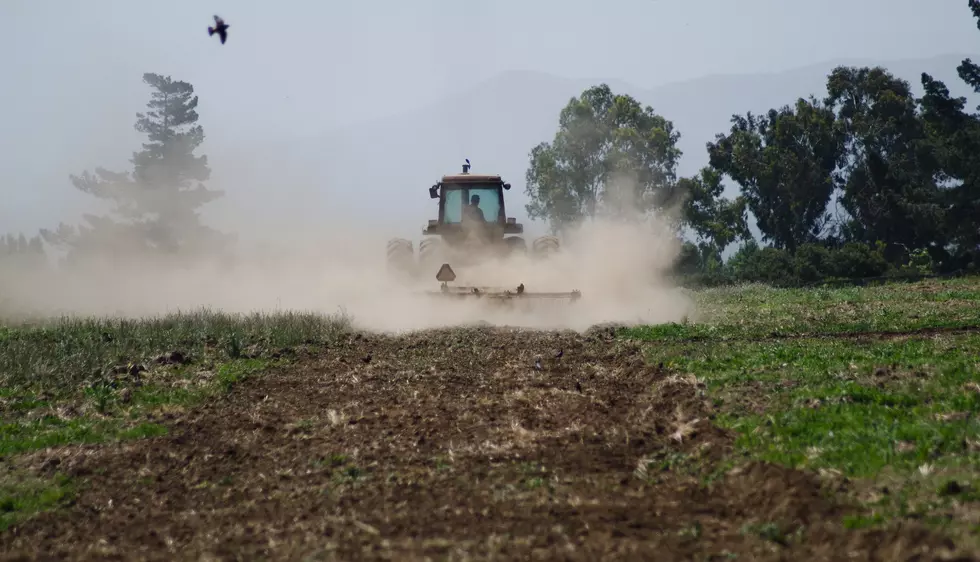
Syngenta Offers Tips On Dealing With Resistant Weeds
Growers across the nation are facing a rise in herbicide resistant weeds. Growers reported an increase in resistant weeds in 2018, and 2019 looks to be trending the same.
“Seems to be a broken record here but we continue to see more and more resistant weeds," said Gordon Vail, technical product lead for corn herbicides at Syngenta. "Growers are recognizing that they have a problem. Glyphosate resistance continues to expand and we’re hearing questions about dicamba. We went for years and years and all we did was use glyphosate repeatedly. We’ve developed resistance. We’ve learned a lesson but it seems like we’ve forgotten it because we are now in a dicamba world. It feels like we are getting back into that dicamba-only mentality.”
So, what should growers do to combat resistant weeds?
“The single most important strategy has got to be diversify. And it’s much easier said than done. I would suggest that probably 99% of farmers rely on nothing but herbicides. Some of them do tillage, but they don’t typically do tillage at the right place. So if all you are relying on is herbicides, that’s not a successful strategy. You have to diversify; that’s number 1. And number 2 – you have to do everything you can to keep the weeds from going to seed.”
For herbicides, multiple effective sites of action help.
“If you think about a herbicide site of action, typically it’s a specific enzyme in the plant where the herbicide will bind," Vail said. "So you think of it as a lock and key. So, if a herbicide gets into the plant and it’s the key and it puts the key in the lock, no other keys can get into that lock. And the other keys would be the key amino acids – the key enzymes that the plant needs to survive. Once the herbicide gets in there and locks itself in, the plant is basically destined to die. Having a product with multiple site of action, primarily, it reduces the plants ability to evolve resistance. It also adds more sustainability to the herbicides long term.”
When growers have had good control with a pre-emerge application, it can be hard to go into a clean field and apply a post application. However, Vail expects that to change.
"This is what we call overlapping residual. You put your pre down and you come back over the top before any post weeds are up. As we evolve in the next five to 10 years, that’s probably going to become a more common application method. You’re going to see growers want their post applications to be applied before the weeds actually emerge. The reason it’s beneficial is, you’ve got a resistant weed population, you may not be able to control the weeds post emergence.”
Vail said the fall is when growers can control winter annuals.
“The most important thing to do in the fall is control your winter annuals. You’re not really going to do anything in the fall that’s going to have a significant impact on waterhemp, ragweed or summer annuals in the fall but the fall is when you can control your marestail. So there are various programs in the fall. You’ve got fall Dual II Magnum® that can be applied if you are going after Italian ryegrass or if you are in certain geographies in the north, you can put out fall Dual to reduce that weed pressure. The main thing is keeping those weeds out and keeping those winter annuals down because they are basically taking away nutrients.”
Visit Syngenta's Website to learn more. Acuron is a Restricted Use Pesticide.
If you have a story idea for the Washington Ag Network, call (509) 547-1618, or e-mail gvaagen@cherrycreekradio.com
More From PNW Ag Network









